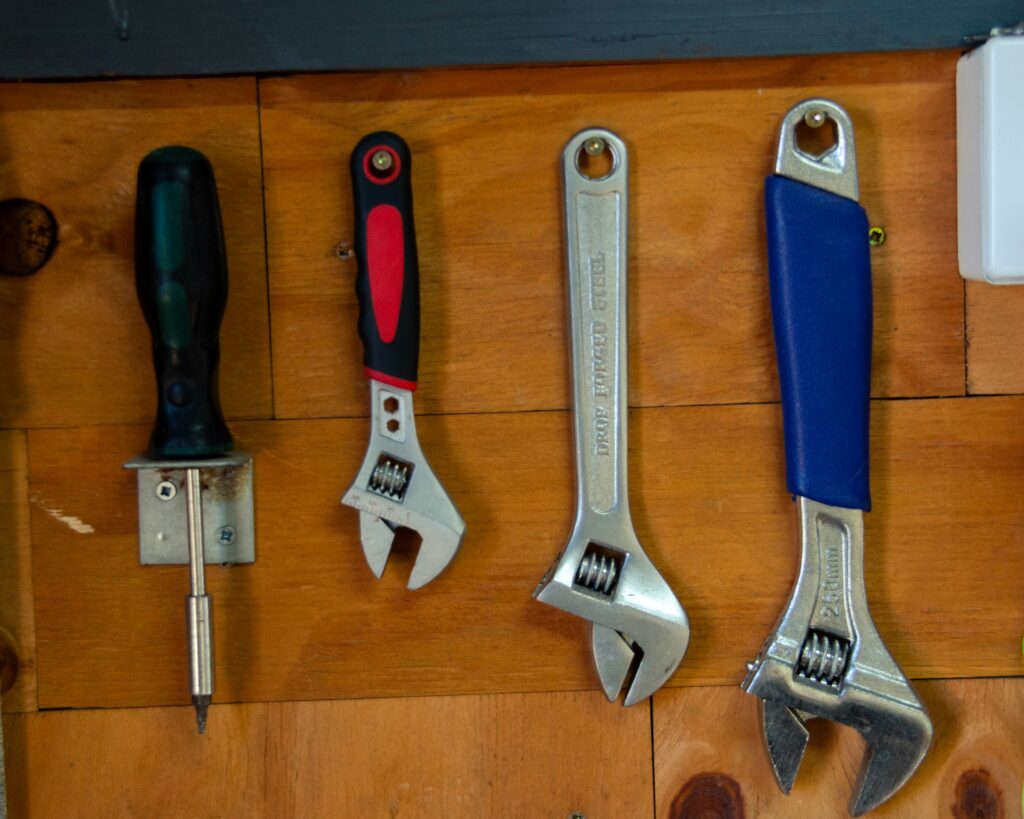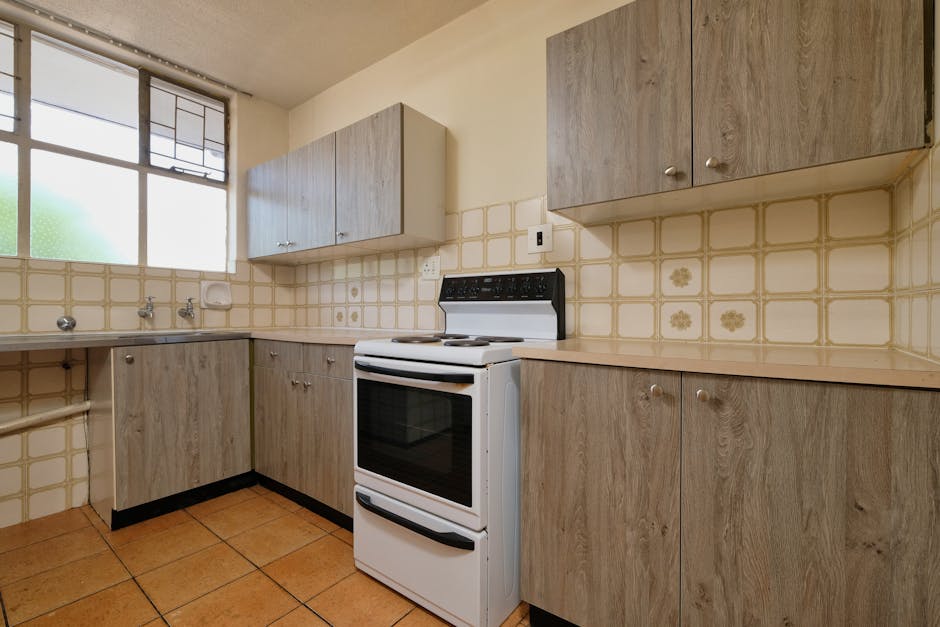Why Having the Right Tools Matters
The Case for Self-Sufficiency
Owning the right tools empowers you to take control of your home’s maintenance and improvement. Whether you’re hanging pictures, fixing a leaky faucet, or assembling furniture, being able to handle common tasks yourself makes you less reliant on professionals — and more confident in your space.
– Save time by avoiding unnecessary service calls
– Gain independence and practical skills
– Build long-term confidence in your ability to handle repairs
Time, Money, and Stress — Saved
A small toolkit can make a big difference when something breaks or needs adjusting. With the right tools on hand, you can address issues as they arise without waiting around or overspending.
– Fix problems early before they escalate
– Eliminate emergency repair fees
– Reduce the frustration of living with small but nagging issues
Quick but Crucial: Safety Basics
Before diving into any DIY project, keep safety top-of-mind. Even experienced homeowners can get hurt when they cut corners.
– Always wear appropriate protection (gloves, eyewear, etc.)
– Read instructions — even for familiar tools
– Store sharp or heavy tools securely and out of reach of children
Starting with the right mindset — and the right tools — lays the groundwork for a more self-reliant and stress-free home life.
Must-Have Hand Tools
When it comes to home maintenance, there are a few tools every homeowner should have within reach. These basics cover 90% of everyday fixes and keep minor issues from turning into weekend-long disasters.
Hammer: It doesn’t get more classic than this. Whether you’re hanging a photo, assembling furniture, or nudging a stubborn nail, a solid hammer is your go-to. Stick with a claw hammer—it’s built for driving nails and pulling them back out when the job goes sideways.
Screwdriver Set: Don’t rely on the one random screwdriver in your junk drawer. You need both Phillips and flat-head tips, with a few size options. Furniture assembly, outlet covers, cabinet adjustments—they all demand the right match.
Tape Measure: Measuring by eyeball invites disaster. A good tape measure saves you from crooked shelves and furniture that won’t fit. Get one with a locking mechanism and at least 25 feet of length—you’ll thank yourself later.
Adjustable Wrench: Buying a full wrench set is nice, but not always necessary. One adjustable wrench can take on most bolts and plumbing connections. Just make sure it tightens securely so it doesn’t round off hardware.
Pliers: Two types make a flexible combo. Needle-nose pliers are perfect for tight spaces and detail work. Slip-joint pliers handle twists, pulls, and anything that requires a strong grip. Bonus: they double as makeshift wrenches in a pinch.
Power Tools Worth Your Investment
Cordless Drill: If you only get one power tool, make it this. A cordless drill handles everything from assembling furniture to drilling into brick walls. It’s mobile, fast, and good for tight spaces. Look for one with multiple torque settings and at least two rechargeable batteries.
Stud Finder: Forget the knock-and-guess routine — a stud finder is way faster and way more accurate. Whether you’re hanging shelves or mounting a TV, knowing exactly where it’s safe to screw in is not optional. Bonus: some models detect live wires.
Shop Vacuum: More than a garage hero. A decent shop vac can suck up drywall dust, sawdust, and even water. It’s built to handle the messes your regular vacuum can’t. Big power, tough filters, and built to survive in rough spaces.
Power Sander: Whether you’re refinishing an old dresser or smoothing drywall patches, a power sander makes your life 10 times easier. Hand sanding gets old fast. Go with an orbital or palm sander for general use, and your arms will thank you.
Utility Items That Punch Above Their Weight
Level: If you’re hanging shelves, mounting a TV, or aligning new tile, a level is how you keep things straight—literally. Eyeballing rarely cuts it. One slight tilt can ruin the look and function of what you build. A good level doesn’t have to be fancy, just reliable and easy to read.
Flashlight / Headlamp: When the power goes out, or you’re working in places where light doesn’t reach—think crawlspaces, attics, under sinks—you’ll want both hands free. That’s where a headlamp shines. Keep a flashlight in your toolbox anyway. Redundancy here isn’t overkill. It’s smart.
Utility Knife: Boxes, drywall, carpet, rope—this tool slices through them all. It’s fast, precise, and beats using the wrong blade (or worse, your house keys). Go for a retractable one with replaceable blades. Safer. Cleaner. More efficient.
Extension Cords: These aren’t just for the holidays. A proper heavy-duty, grounded extension cord gives you flexibility in and out of the house. Outdoor-rated cords are a must for yardwork and power tools, while indoor ones keep your setups clean. Invest in cords with surge protection if you’re powering sensitive gear.
Organizational Tools That Keep You Sane
A tool is only helpful if you can find it. That’s where smart organization kicks in. First, you want a sturdy toolbox or tool bag. Portability matters — half-finished furniture, leaky sinks, and bent curtain rods don’t always come to you. Being able to grab your gear and go straight to the problem saves time and keeps you from losing steam.
Clear storage bins are a win for everything that doesn’t live in your main kit — screws, anchors, tape, batteries, random oddball pieces. Transparency keeps you from digging blind. Stackable is fine, but they should be easy to open and close without a fight.
Last, label everything. It doesn’t have to be pretty, just clear. Sharpie on tape works just fine. Skip this step and you’re back to living in mystery drawer territory — and that’s the fastest way to never fix anything again.
Pro Tip: Build Your Toolkit Over Time
You don’t need to drop a paycheck on tools all at once. Build your kit around the projects you’re tackling now. Hanging shelves? Grab a level and a drill. Fixing a leaky faucet? You’ll probably need an adjustable wrench and some pliers. Start there and expand as your needs grow.
Along the way, figure out what tools you reach for again and again. That’s where quality matters. A good hammer or drill can outlast your house. But don’t splurge on something just because it looks cool or because a YouTube video said you might use it someday.
For bigger tools — things like sanders, tile saws, or power washers — look into borrowing from a neighbor or renting from a home center. Unless you’re using them regularly, they’re better off in someone else’s garage.
Bonus: Tools for Home Renovation Projects
When you’re ready to take your DIY game to the next level, a few renovation-specific tools can make a major difference. These aren’t just for pros — they’re for any homeowner tackling upgrades, repairs, or refreshes with confidence.
Precision and Accuracy
– Laser Level: Perfect for keeping shelves, wall tiles, and artwork completely straight over long distances. A step above the standard bubble level when precision is key.
– Stud Sensor with Live Wire Detection: Safely find wall studs and avoid hidden electrical wires. A smart way to drill or mount fixtures without guesswork.
Tools for Clean Finishes
– Caulking Gun: Essential for sealing gaps around windows, tubs, and baseboards. Delivers a neat finish while improving insulating and weatherproofing.
Paint Like a Pro
– Paint Essentials Kit: Don’t underestimate the power of the right painting tools. A kit that includes a paint tray, roller, and angled brush will help achieve smooth, even coats — especially in corners and along trim.
Want to Go Deeper?
For a full breakdown of what you need for renovation success — from planning to execution — check out our guide:
Your Renovation Roadmap—Planning for Success
Final Word
The tools you keep on hand aren’t just for fixing stuff. They’re survival gear for homeowners—and a buffer against everyday chaos. Busted doorknobs, stripped screws, shelves that lean like they’re on a bad day—these things pile up if you’re not equipped. Having the right tools nearby helps you fix problems fast, saves money, and keeps your space calm.
You don’t need a garage packed like a hardware store. Start small. Get the basics. Stay organized. A solid toolbox and a few smart upgrades can take you a long way. When you outgrow your gear—upgrade. Slowly. Strategically.
Above all: tools aren’t meant to be just admired. They’re meant to be used. Get familiar with them. Own them. And let them do the work with you—not for show, but for what matters.




